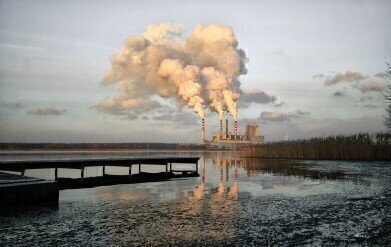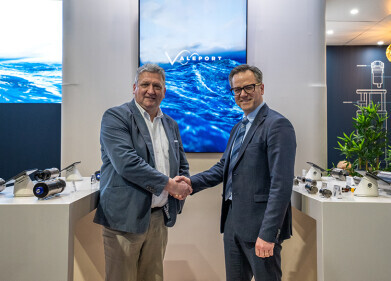Business News
How is the EPA Easing Emissions Regulations?
Feb 23 2018
The US Environmental Protection Agency (EPA) has announced the withdrawal of a power plant emissions bill which will relax the regulations surrounding the emissions from plants no longer considered as a “major” source of pollution.
The move came in response from a plea from Republican senators in Congress and long-term lobbying from the fossil fuel and chemical industries, highlighting the impact that President Trump's administration has had on US environmental policy.
Relaxing the rules
In May 1995, the EPA set forth its Seitz Memorandum, in which any power plant, factory or other industrial facility classified as a “major” source of hazardous emissions would forevermore be considered as “major”. This would increase the tightness of the legislation surrounding its emissions and force it to bring them down to the minimum level that current technology allows, in a bid to limit emissions of mercury and other harmful toxins from such plants.
The memorandum became known as the “once in, always in” policy, or OIAI for short, and has long been a thorn in the side of fossil fuel companies and chemical manufacturers. Under heavy pressure from such bodies, as well as a significant chunk of the Republican Senate, the EPA has officially decided to repeal OIAI as of 25th January 2018. The new regulations mean that a source once considered as “major” can now be downgraded to simply an “area” source, meaning it is subject to more relaxed rules concerning its emissions.
The case for and against
Obviously, fossil fuel and chemical companies are delighted by the ruling, as it now allows them to operate without the same environmental obligations and the financial burdens that these entail. Officially, however, they have used the argument that relaxing the rules will allow them to divert funding towards research and development into more modern, innovate and sustainable techniques of operation. By forcing compliance on an OIAI basis, they argued that the rules were actually hindering the progress of air pollution technology.
Unsurprisingly, critics of the move have been unconvinced by this explanation. In particular, Democrats and environmentalists are concerned that the decision was taken with such haste, repealing a 23-year-old dictum without citing any salient evidence that the U-turn would improve air quality technology or providing incentives or regulations to make sure it does so. Meanwhile, the bottom line is that many “area” sources will now be able to emit greater levels of pollution than ever before. “Rolling back longstanding protections to allow the greatest increase in hazardous air pollutants in our nation’s history is unconscionable,” remarked John Walke, director of clean air at the Natural Resources Defence Council.
Digital Edition
IET 34.2 March 2024
April 2024
Gas Detection - Biogas batch fermentation system for laboratory use with automatic gas analysis in real time Water/Wastewater - Upcycling sensors for sustainable nature management - Prist...
View all digital editions
Events
Apr 22 2024 Hannover, Germany
Apr 22 2024 Marrakech, Morroco
Apr 23 2024 Kuala Lumpur, Malaysia
Apr 23 2024 Kintex, South Korea
Apr 23 2024 Edmonton, AB, Canada



















